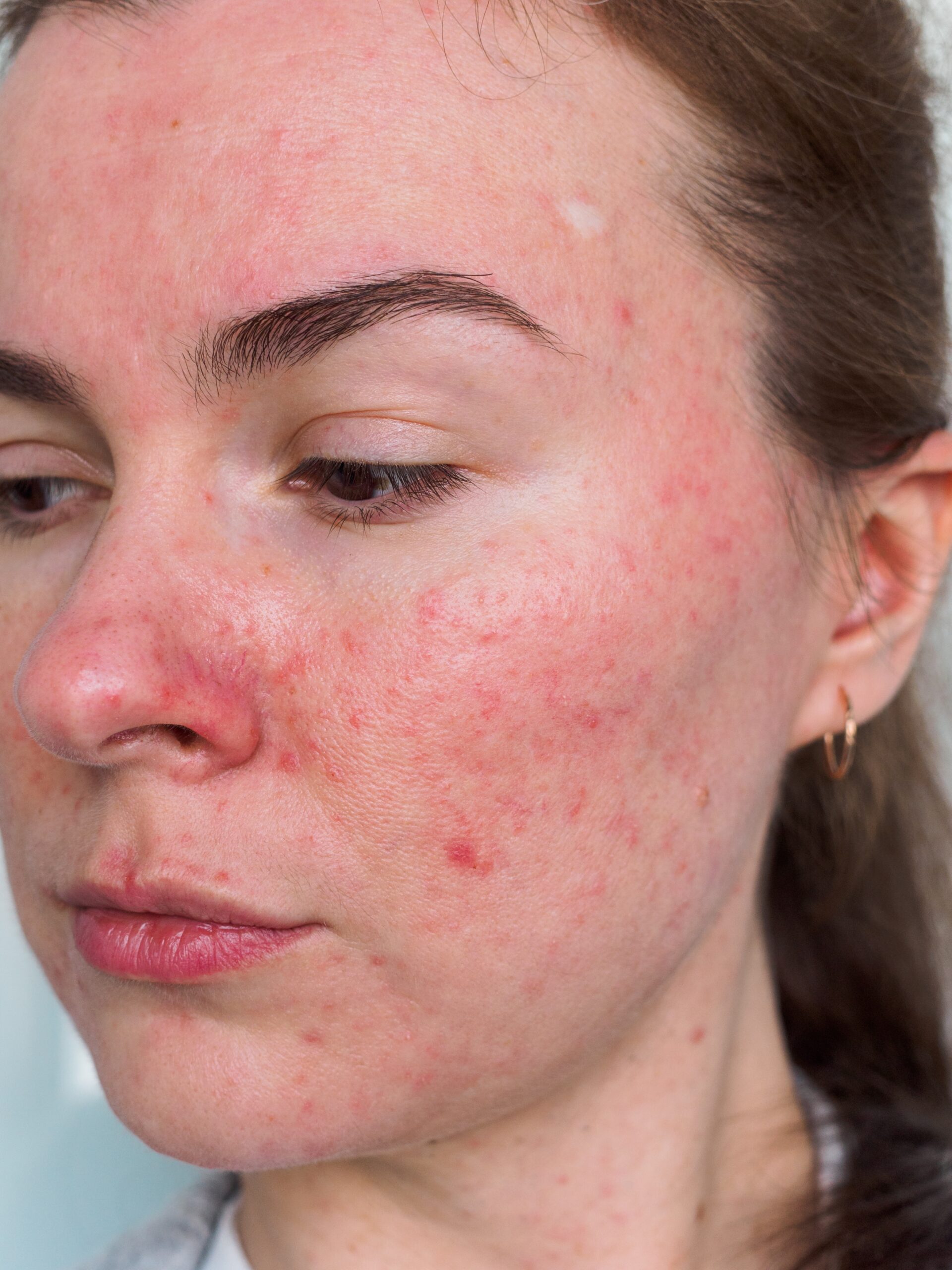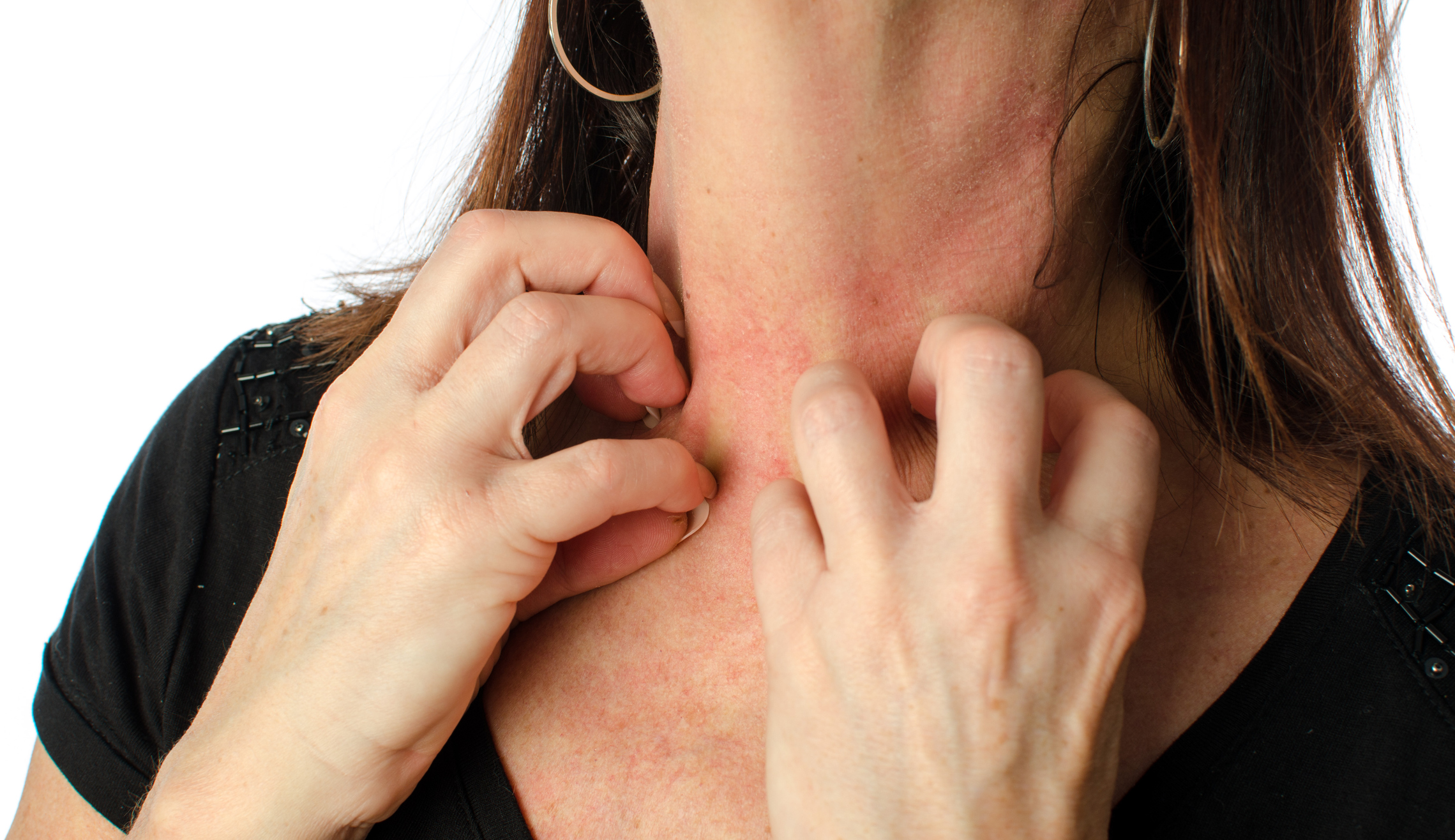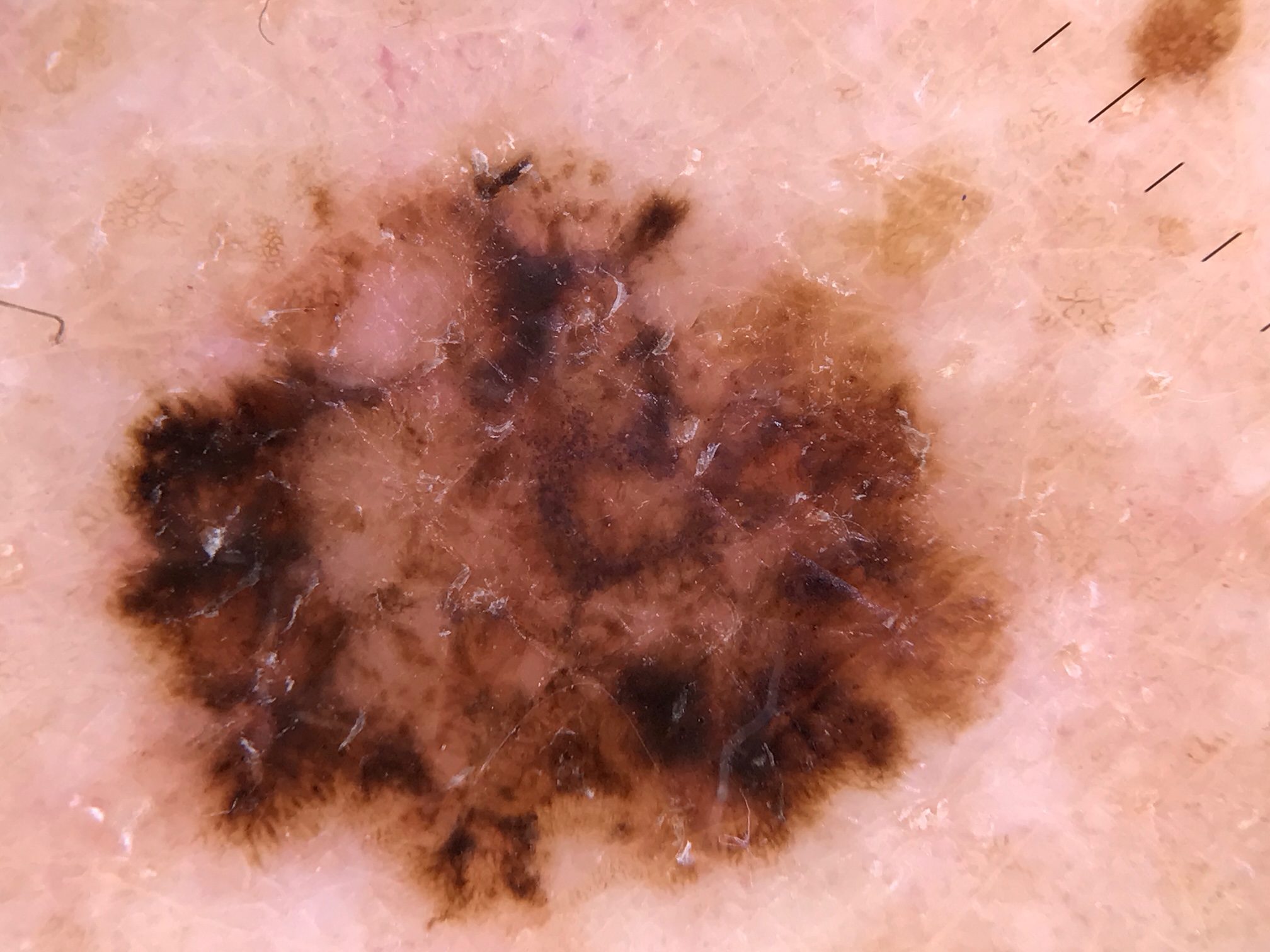Individuals can develop allergic reactions to rubber due to either an allergy to natural latex sap or to various chemicals used in rubber manufacturing. These chemicals include accelerators, activators, antidegradants (e.g., antioxidants and antiozonants), vulcanizing agents, retarders, reinforcing agents, fillers, pigments, processing aids, and blowing agents. Among these, rubber accelerators are often the main culprits in causing allergies.
Rubber accelerators are crucial for hastening the vulcanization process, which transforms natural rubber latex into a form usable for many rubber products. Common rubber accelerators causing contact dermatitis include Benzothiazoles (e.g., 2-Mercaptobenzothiazole and N-cyclohexyl-2-benzothiazolesulfenamide), carba chemicals (e.g., Dithiocarbamates), thiurams (e.g., Tetramethylthiuram disulfide, Tetraethylthiuram disulfide), and Hexamethylenetetramine (e.g., methenamine).
These accelerators are found in a wide array of rubber products, ranging from household items like anti-slip carpet backing, balloons, and rubber gloves, to clothing and footwear including rubber boots and sports shoes, as well as in numerous cosmetics and healthcare products. They are also present in various work-related materials such as commercial fungicides, dental dams, rubber hoses, and more.
Identifying which rubber product contains specific accelerators can be challenging. Allergic contact dermatitis, the resulting rash from such allergies, can manifest in various patterns and locations on the body. Common areas include the hands, often from rubber gloves, the face, possibly from rubber cosmetic applicators or goggles, and the feet, typically from rubber shoes. Chronic exposure, especially in professions requiring frequent use of rubber gloves, can lead to heightened sensitivity.
Rubber accelerator allergy diagnoses are typically made through clinical history and patch testing. These tests can identify specific rubber accelerators causing the allergy. Self-testing for rubber allergies is possible but should be done cautiously and ideally after consulting a dermatologist.
The best strategy for avoiding rubber accelerator allergies is to minimize exposure to rubber products and use alternatives like vinyl, plastic, wood, leather, or fabric. For those sensitive to rubber accelerators, informing dentists or doctors before medical procedures is crucial to avoid exposure. In cases of shoe dermatitis, avoiding rubber-accelerator-containing shoes and testing for reactions is advisable.
Treating rubber accelerator-induced rashes involves using treatments typical for acute dermatitis or eczema. Shoe dermatitis, in particular, requires accurate diagnosis and treatment to avoid complications like infections. Contact dermatitis on the feet frequently has the potential to develop a Staphylococcus aureus infection, and it may be mistakenly identified as a fungal infection known as tinea pedis. Addressing acute dermatitis involves the application of wet dressings with solutions like Burrow’s solution or diluted vinegar. Accelerating the healing process can be achieved through short-term administration of systemic corticosteroids. In cases of chronic shoe dermatitis, an extended treatment plan incorporating topical corticosteroids, coal tar, and emollients may be necessary. It is crucial to wear shoes that are free from allergens causing the condition.



